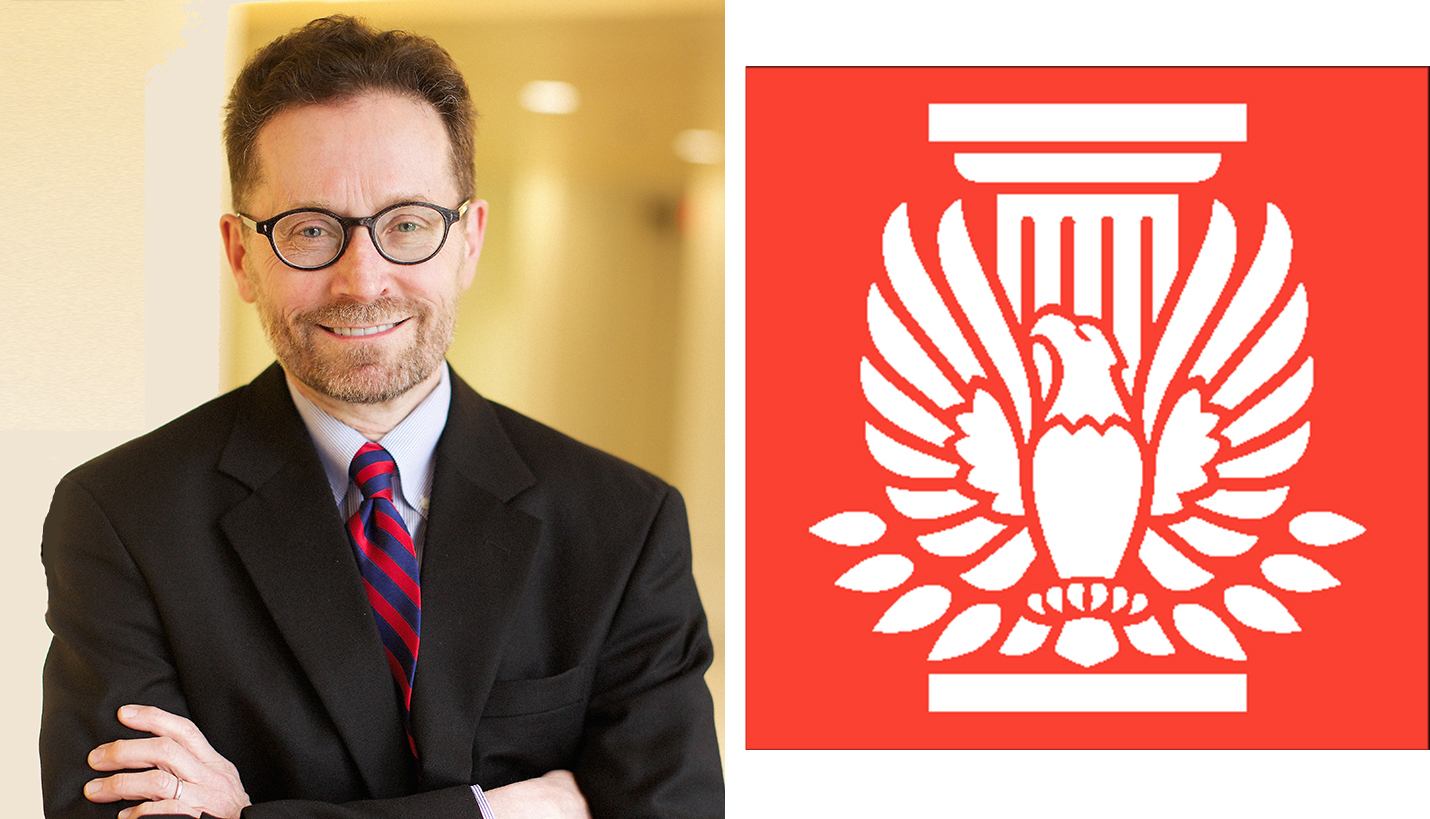

The Role of Architects and the AIA for the Public Good
Architecture is an amazing profession. Too bad society—at least American society—places such a relatively modest value on it.
From art to science and everything in between, architects are educated to creatively problem solve in a manner which seeks to transcend mere functionality. We hold the tools to address the everlasting (but ever changing) personal, community, corporate and institutional needs for built environments, and we’re capable of riding point in coalition with allied professionals and policy makers to have positive impacts on the more qualitative aspects of daily life. Simply put, architects lead in shaping the physical manifestation of society.
Underappreciated as architects may be, however, we’re nonetheless at the front lines in recognizing and dealing with a myriad of challenges that impact quality of life. From the design of attractive places where people want to be, to safe and defensible buildings and their constructed community environments, to the mitigation of the enormous energy requirements of what we produce and its long term effect on climate—the work of our profession has a tremendous influence on society.
Being professionally equipped to serve the general population at a higher level isn’t enough to make it happen, however. Most architecture is practiced locally and in small numbers, and as a profession we’re tiny. Both New York and California have over 35% more lawyers than there are registered architects in all of the U.S. The number of lawyers in Texas alone is about the same as total AIA (American Institute of Architects) membership. We need a strong AIA to magnify our national (and international) collective voice, and we need an AIA with a higher penetration rate of the nation’s roughly 110,000 registered architects. We also need to form stronger alliances with our AEC industry colleagues to give volume to our voice on those issues where we have common ground with engineers and builders.
With our oversized degree of social responsibility relative to our numbers, we must use the AIA as the primary vehicle for realizing our social potential. The AIA’s recent Look Up campaign helped build the general public’s awareness of what we do, and the current initiative to directly connect with municipal mayors is another good building block. The next logical step is for AIA leadership to provide additional resources to components to help elevate the presence of architects at local and state government levels. Decisions related to the built environment last for generations. The AIA should help position architects to take a seat at the table so that our perspective, experience and problem solving ability can shape beneficial outcomes.
To view James’s thoughts on other issues facing the AIA and the architecture industry, click the below links.
Promoting Pay Equity, Gender Equality and Diversity Inclusion in Architecture
Prioritizing Sustainability throughout the Architecture Profession
Engaging the Current Generation of Emerging Professionals
The Importance of Group Political Action to Architects
Promoting Architectural Innovation in the AIA
Influencing AIA’s Role in Influencing Architectural Education
We Need to Reinforce the AIA Pipeline
Live or Die: Overcoming the Architecture Industry’s Biggest Challenge
Striving for Greater Inclusivity in AIA of Non-Traditional Architects
02/13/2018








